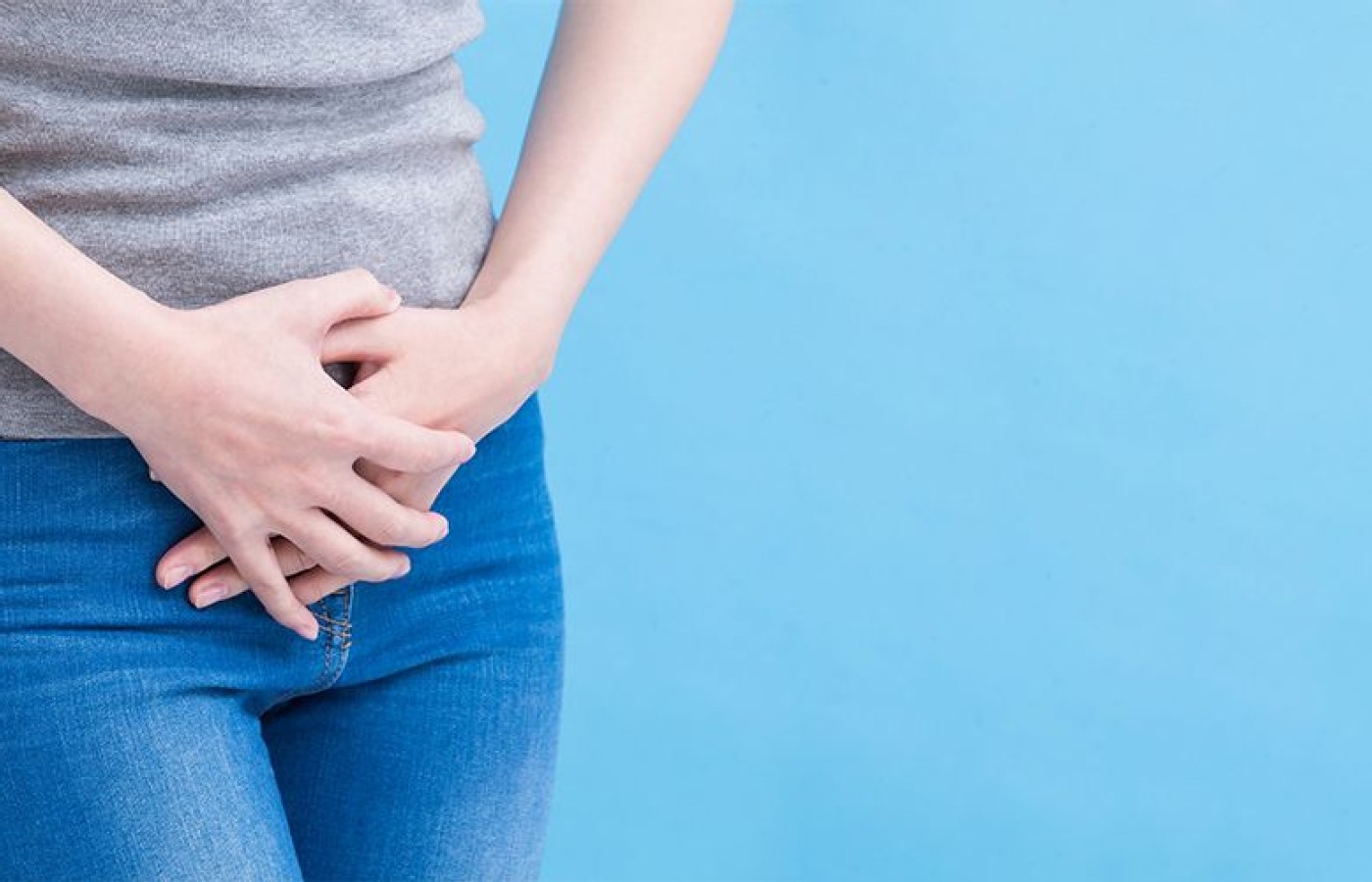Whether you accept it, avoid it or live somewhere in between, insurance coverage has become a defining issue for our profession. Patients increasingly expect to use their benefits, practitioners want to be compensated fairly for their time and expertise, and the system itself remains – at best – fragmented. The encouraging news is that coverage has expanded in meaningful ways. The challenging news is that reimbursement, across the board, remains inadequate.
Percutaneous Tibial Nerve Stimulation for Overactive Bladder
Overactive bladder is a condition that affects adults and children worldwide and can be caused by numerous underlying factors or traumas like childbirth, prostate enlargement, poor pelvic floor muscle control, bladder prolapse and more. The condition creates a significant psychological burden on patients and symptoms range from urinary urgency to incontinence, while this condition can be incredibly bothersome, surgery often seems a drastic approach and medications may have limited effect and side effects.1
With acupuncture treatments we can address the root causes of this condition, often tonifying the Kidney and Urinary Bladder systems and addressing sinking Qi, but an additional and very direct and effective approach is Percutaneous Tibial Nerve Stimulation (PTNS) an allopathic technique that uses acupuncture and electrostimulation in order to address the tibial nerve and improve its functionality.

PTNS is a treatment utilized by medical doctors and urologists that was developed based on acupuncture, so it's no surprise that this practice should be implemented into our repertoire for bladder dysfunction treatments. The tibial nerve innervates the sacral plexus at the base of the spine which controls the bladder and pelvic floor and is responsible for its function, this nerve runs down the medial side of the leg along the Spleen and Kidney channels into the foot.
PTNS utilizes acupuncture and electro-stimulation to stimulate the nerve and sacral plexus, this electro-stimulation of the nerve helps to correct the misinformation traveling between the brain and bladder thus decreasing overactive bladder symptoms and episodes. Studies on PTNS have shown improvement in bladder symptoms of over 50 percent improvement and up to 80 percent improvement in quality of life studies, this therapy is also minimally invasive and does not pose traditional risks or side effects associated with medications and surgeries.1
Treatment Protocol
A typical treatment protocol for PTNS therapy is 12 consecutive 30-minute treatments given 1-3 times per week, there are also medical devices developed that don't require needling of both points, or are implanted into the patient permanently for cases that require more consistent management. The following protocol is an effective way to administer a PTNS treatment to our acupuncture patients using TCM terminology and point locations. PTNS is an approved medical treatment for overactive bladder in the U.S. under CPT code 64566 or can be billed as Acupuncture with Electro-Stimulation CPT 97813 / 97814, it is also approved for fecal incontinence in Europe.
After a routine evaluation and intake with diagnosis treat the patient for underlying constitutional imbalances and add on PTNS treatment with acupuncture treatment, alternatively PTNS may be performed without an adjunct acupuncture treatment and may be applied in private or a community style session.
The negative lead is placed on a needle 1 cun below Spleen 6 to the depth of 2cm and the positive lead on the foot or ankle, approximately Kidney 2, 3 or 5 depending on the sensitivity of the patient, the patient may also put the legs in a "butterfly" position with the knees abducted and flexed.
Slowly turn on the electro-stimulation device with the current level set at 0.5–9 mA and 20 Hz, the patient should feel mild tapping then more significant tapping or buzzing in the areas of the needles and ideally a sensation that runs down the medial leg and into the big toe, they may also experience a fanning of the toes or extension of the big toe. Increase the amplitude of the current until the patient feels a slight discomfort or there is a physical response such as a fanning of the toes, then turn the machine down slightly until that discomfort diminishes to a tolerable state. If there is still discomfort after the current level has been adjusted it may be alleviated by adjusting needle depth and placement. Leave the patient to rest with the current for 30 minutes and remove needles.
Adverse Events & Contraindications
Adverse events with PTNS treatment are no greater than typical adverse events associated with acupuncture and electro-acupuncture. Adverse events are reported as mild, transient and uncommon at 1-2 percent, including bruising or bleeding at the needle site, tingling and mild pain. Adverse events of typical treatments for overactive bladder with medications range from 9.7 - 63 percent including constipation, dry mouth, impaired urination and urinary tract infections. The high rate of adverse events with traditional medications is considered likely a reason why there is a high rate of discontinuance of therapy after one year.2
Contraindications for PTNS treatment are identical to those with electro-acupuncture, and not used on patients with a history of epilepsy or seizures, severe heart disease, strokes, or on patients with pacemakers. If a patient has a difficult time tolerating needling then adjustments should be made and then consideration of discontinuance of treatment if no alleviation of discomfort during treatment can be found.
References
- de Wall LL, Heesakkers JP. Effectiveness of percutaneous tibial nerve stimulation in the treatment of overactive bladder syndrome. Research and reports in urology, 2017; 9, 145–157.
- Staskin DR, Peters KM, MacDiarmid S, et al. Percutaneous tibial nerve stimulation: a clinically and cost effective addition to the overactive bladder algorithm of care. Current urology reports, 2012; 13(5), 327–334.



